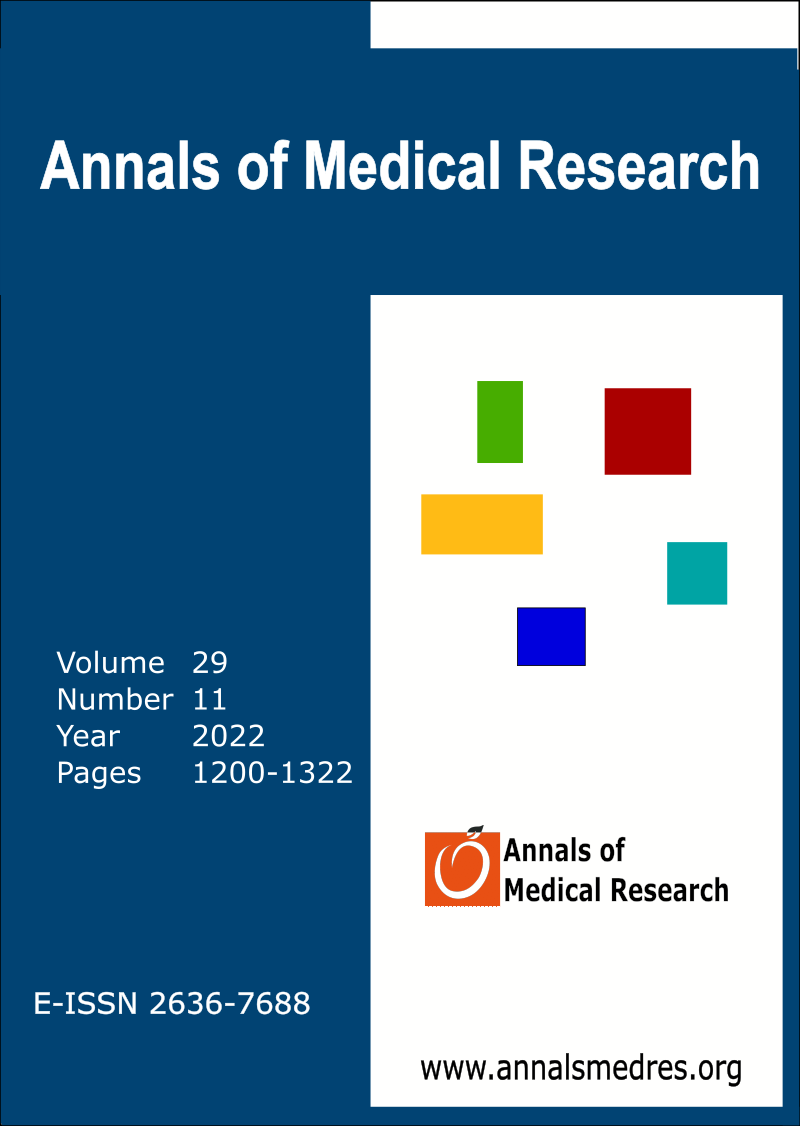Gadolinium chelates inhibit intracellular calcium signaling in rat trigeminal ganglion neurons similar to rat dorsal root ganglion neurons, but less effective
Keywords:
Gadolinium, Contrast media, Trigeminal ganglion, Dorsal root ganglion, Calcium signalingAbstract
Aim: Gadolinium (Gd3+)‑based magnetic resonance (MR) contrast agents (GBMCA) are manufactured with a chelation process, where organic ligand molecules form a stable complex around Gd3+. The aim of the present study was to investigate the possible impact of free gadolinium and GBMCA in (trigeminal ganglion (TG) and dorsal root ganglion (DRG)) neuron cell cultures on intracellular calcium (Ca2+) since these agents could dissociate and lead to the release of toxic Gd3+ ions in metabolic conditions.
Materials and Methods: Ganglion cells were examined for drug responses and high KCl+ nonspecific depolarization in Fura 2 AM-loaded neurons by monitoring changes in [Ca2+]i using a digital microscopic image analysis system. GBMCA and molecular gadolinium doses of 0.1 mmol/kg were prepared at the same pH and temperature and applied to the cells.
Results: Application of Gd3+, gadobenate dimeglumine, gadobutrol, and gadodiamide to rat ganglia neurons led to significant decreases in basal intracellular calcium levels while gadoterate meglumine administration did not have a significant impact. As expected, Gd3+ was more effective when compared to GBMCA. While the impact was almost full with gadodiamide, Gd3+ and other GBMCAs had irreversible effects at different levels. The impact of gadoterate meglumine was neglectable when compared to Gd3+ and other GBMCAs, although it exhibited slightly gadodiamide-like effects. Compared with rat DRG neurons, the effect of administration of Gd3+, gadobenate dimeglumine, gadobutrol and gadodiamide was lower on TG neurons, whereas gadoterate meglumine had no significant effect on TG and DRG neurons.
Conclusions: In conclusion, gadolinium chelates released gadolinium and irreversibly reduced the intracellular calcium levels in identical TG and DRG cells at different levels.
Downloads
Published
Issue
Section
License
Copyright (c) 2022 The author(s)

This work is licensed under a Creative Commons Attribution-NonCommercial-NoDerivatives 4.0 International License.
CC Attribution-NonCommercial-NoDerivatives 4.0






